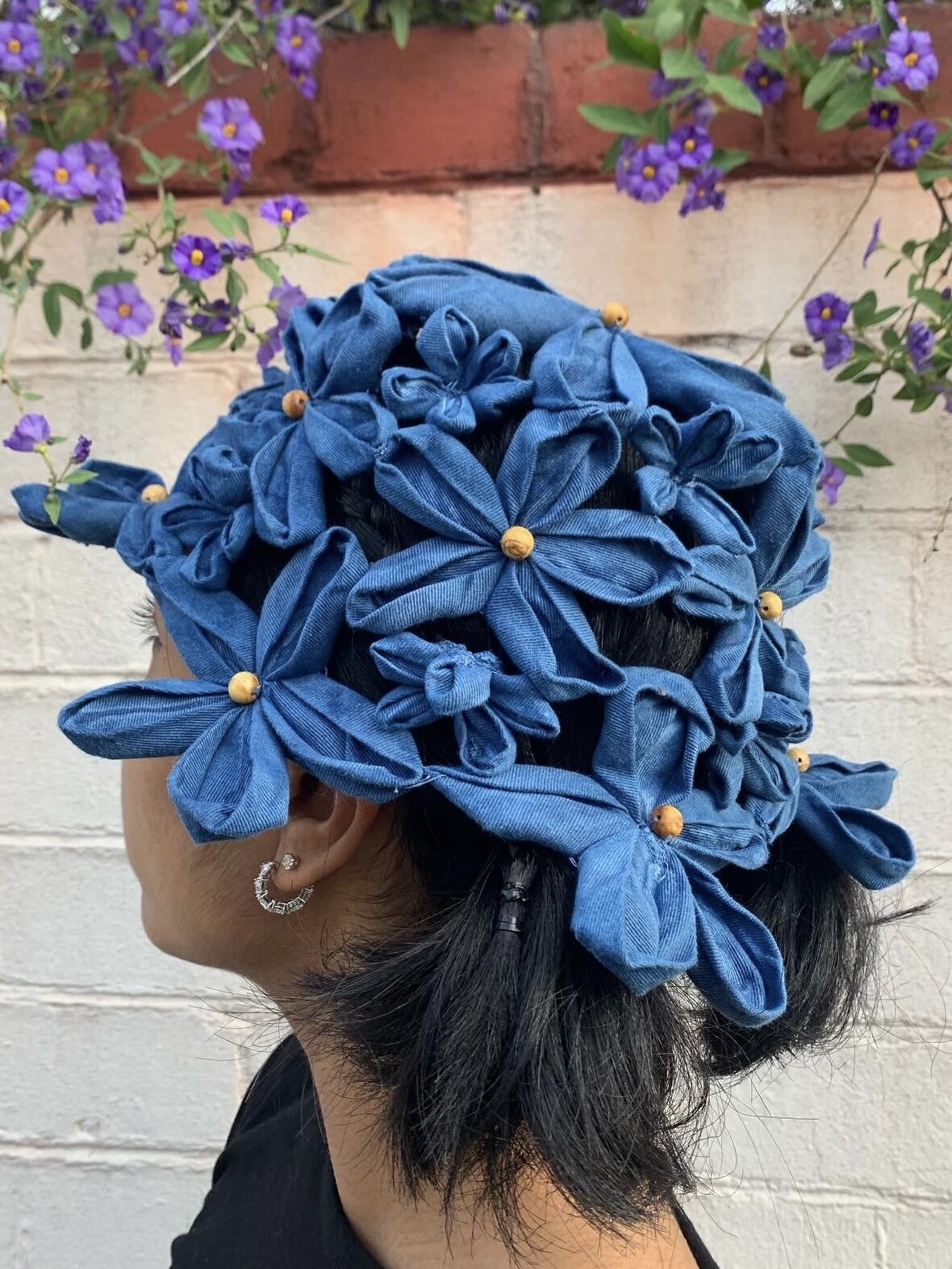Natural Dyes
For thousands of years textiles were dyed using natural dyes sourced from plants, minerals and even insects and animals. This changed with the invention of synthetic dyes in the 1850’s. The development of synthetic dyes both democratised access to colour and allowed a broader range of colours to be created with more accuracy and predictability. Unfortunately, the rapid shift to synthetic dyes over the last 150+ years has been hugely detrimental to both the environment and the health of large parts of the population. Synthetic dyes can contain metals and chemicals, many of which contaminate waters and cause severe health problems for workers and locals in the area.
The laws surrounding synthetic dyes have recently become stricter, meaning many now do not have the same health or environmental issues of the past. However, even the improved dyes are derived from crude oil making them inherently unsustainable.
Natural dyes in comparison, use less harmful chemicals (if any) than synthetics. This reduces the negative social and environmental impact during all stages of the garment; from dyeing and washing through to disposal. The use of natural dyes reduce the chemical pollution to waterways through toxic dye run-off, which would then impact the connected ecosystems. It also allows the garments to be composted safely post-use without the release of toxic chemicals into the land. There are benefits of natural dyes to the wearer as many natural dyes are created from medicinal plants with anti-microbic and anti-bacterial properties. These depend on the dye matter and method, but can mean that some naturally dyed garments are actually beneficial for the skin. Natural dyes can also be derived from common food waste such as onion skins and avocado seeds, creating new avenues for waste streams.
At Child of Society, we hope to highlight the beauty of natural dyes in our work. We use avocado seeds sourced from local cafes to produce the pink in our Kanzashi Hat and use organic indigo powder to create blue. We are currently experimenting with other natural dyes and are growing Marigold and Japanese Indigo in our own garden (watch this space). We understand that natural dyes wear differently to synthetics and tend to require greater care, however, we consider this to be part of their charm as it helps to build a connection with your garment and as the colours change and fade over time it becomes unique to you!





